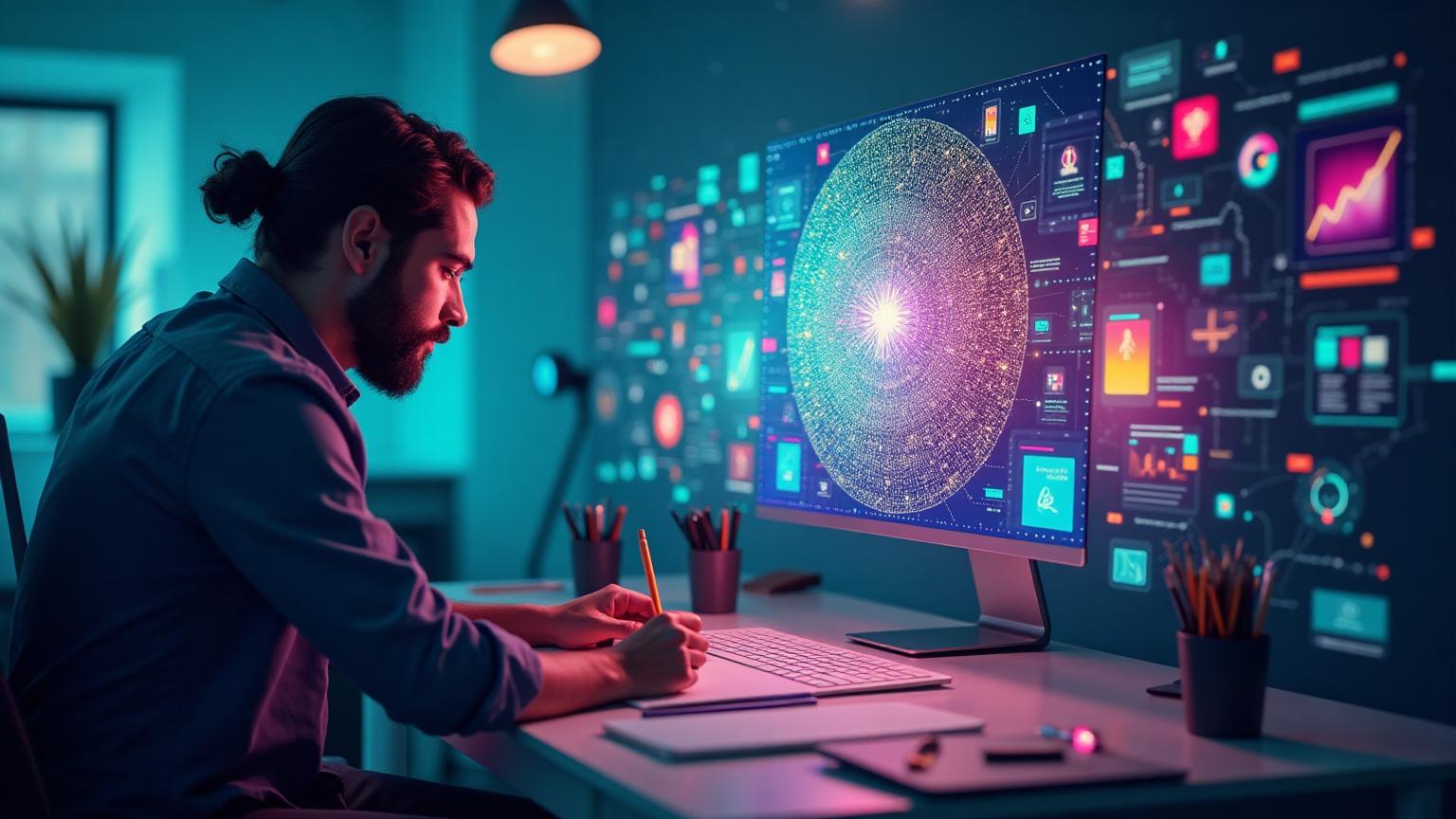Pixels + Prompts: How AI Became a Creative Partner in Web & Visual Design
A demonstration project showcasing how AI tools can augment creative workflows, accelerate design iteration, and enhance visual storytelling for digital agencies and design teams. This case study uses estimated data to illustrate potential outcomes.

Demo Organization Profile
Note: This case study demonstrates potential outcomes for a mid-sized digital design agency using simulated scenarios and estimated data.
This demo project models a boutique digital design agency with 12 designers, 3 art directors, and a portfolio focused on web design, branding, and visual content for mission-driven organizations. The agency had built a strong reputation for thoughtful, purpose-driven design work over eight years, serving nonprofits, social enterprises, and impact-focused brands.
However, as demand for their services grew, the agency faced increasing pressure to deliver faster turnarounds while maintaining their signature creative excellence. Clients expected more design options, quicker revisions, and custom visual assets—all within tighter timelines and budgets. The traditional design workflow, heavily dependent on manual illustration, stock photography, and linear iteration cycles, was becoming a bottleneck to growth and profitability.
Industry
Digital Design & Branding
Team Size
15 creative professionals (estimated)
Project Load
25-30 active projects monthly (estimated)
Project Timeline
4 Month Integration Period
The Challenge
This demo scenario models several critical creative and operational challenges that commonly constrain design agencies from scaling their creative output:
Design Iteration Bottleneck
Creating multiple design variations for client review was time-intensive, often taking 3-5 days per concept round. This limited exploration and slowed decision-making with clients.
Each concept required significant manual work—sketching, selecting stock imagery, creating mockups, and refining details. When clients requested changes or wanted to explore different directions, designers often had to start from scratch. This meant fewer creative options presented, less experimentation with bold ideas, and longer project timelines that frustrated both the team and clients.
Stock Asset Limitations
Reliance on stock photography and generic illustrations limited creative uniqueness. Custom illustration work was expensive and time-consuming, making it difficult to offer to all clients.
The agency wanted every client to have distinctive, ownable visual assets, but commissioning custom photography or illustration could add weeks to a project timeline and thousands to the budget. Many smaller clients couldn't afford custom visual work, forcing designers to rely on stock imagery that often appeared across competitors' websites. This commoditization of visual assets diluted brand identity and made it harder for clients to stand out in their markets.
Content Production Delays
Waiting for copywriters, photographers, and illustrators created workflow bottlenecks. Design mockups often sat incomplete for weeks waiting for final content and imagery.
Designers couldn't finalize layouts without real copy, and clients struggled to visualize designs with lorem ipsum placeholder text. Photography shoots required scheduling, weather cooperation, and post-production editing. Illustrators were often booked weeks in advance. These dependencies created a cascading series of delays that pushed timelines out and left designers idle, waiting for content before they could progress to the next project phase.
Junior Designer Training Gap
Senior designers spent significant time mentoring and reviewing junior work, reducing their capacity for high-value strategic design thinking and client relationship building.
Junior designers often needed 3-4 rounds of senior review before their work met agency standards. While mentorship was valuable, it consumed 30-40% of senior designers' time—time that could have been spent on strategic creative direction, client relationship development, or new business pitches. The agency needed ways to help junior designers produce higher-quality initial work that required less intensive review and revision.
Our Approach
One Hundred Nights implemented a strategic AI integration that augmented creative workflows without replacing human creativity, focusing on accelerating iteration and expanding creative possibilities:
Creative Workflow Assessment
We mapped the agency's design process from concept to delivery, identifying opportunities where AI could accelerate workflows without compromising creative vision or brand integrity. This assessment involved shadowing designers through complete project cycles, analyzing time logs, and conducting interviews about pain points and aspirations.
Rather than replacing human creativity, we focused on identifying repetitive, time-consuming tasks that prevented designers from doing their best strategic work. We discovered that designers spent only 30% of their time on high-value creative thinking and client strategy, with the remaining 70% consumed by execution, asset hunting, revision cycles, and administrative tasks. AI could help flip this ratio.
- Analyzed 30+ recent projects to identify time sinks
- Interviewed designers about creative bottlenecks
- Prioritized use cases that enhanced rather than replaced creativity
AI Tool Integration & Training
We introduced carefully selected AI tools for specific creative tasks and trained designers on effective prompting and AI-human collaboration workflows. Tool selection focused on capabilities that complemented existing design software rather than replacing it, ensuring smooth integration into current processes.
Implementation followed a phased approach: starting with one team for pilot testing, gathering feedback, refining processes, then gradually rolling out across the entire agency. This allowed designers to learn from each other's experiments and successes, building confidence and enthusiasm rather than fear and resistance.
- Implemented AI image generation for rapid concept visualization
- Integrated AI writing assistants for placeholder and draft copy
- Deployed AI design assistants for layout suggestions and variations
- Created custom AI style guides trained on agency's design language
Prompt Engineering & Best Practices
We developed prompt libraries and creative frameworks that ensured consistent, high-quality AI outputs aligned with the agency's design standards and client brand guidelines. Effective prompting emerged as a critical skill—the difference between generic outputs and results that truly served the creative vision.
We created structured prompt templates for common scenarios: hero images for nonprofit campaigns, illustration styles for different brand personalities, photography moods for various industries. These templates could be quickly customized for specific projects while maintaining quality standards. We also established clear guidelines on when AI-generated content needed human refinement versus when it could be used directly.
- Built reusable prompt templates for common design tasks
- Established AI output quality standards and review processes
- Created style-specific AI models for brand consistency
Creative Culture Evolution
We fostered a culture that viewed AI as a creative partner, not a replacement, emphasizing how AI tools freed designers to focus on strategic thinking and high-value creative decisions. Cultural transformation proved just as important as technical implementation for achieving successful AI adoption.
Initial skepticism was natural—designers worried AI might devalue their expertise or eventually replace them. We addressed these concerns directly through transparent communication about AI's role as an accelerator of human creativity, not a substitute for it. We showcased how AI enabled designers to explore more ambitious creative directions, present more options to clients, and spend more time on strategic problem-solving rather than mechanical execution.
- Led workshops on AI-augmented creative thinking
- Showcased how AI enabled more ambitious creative exploration
- Established ethical guidelines for AI use in client work
AI Tools & Technologies
The agency adopted a carefully curated suite of AI tools designed to augment specific aspects of the creative workflow. Rather than implementing every available AI tool, we focused on technologies that addressed core bottlenecks while integrating seamlessly with existing design software and processes. This strategic approach ensured designers could quickly see value without overwhelming them with new systems to learn.
Visual AI Tools
- • AI Image Generation (Midjourney, DALL-E, Stable Diffusion)
- • AI Photo Enhancement & Editing
- • Style Transfer & Artistic Filters
- • Background Generation & Removal
Design Assistance
- • Layout Suggestion Algorithms
- • Color Palette Generation
- • Typography Pairing Recommendations
- • Design System Automation
Content Creation
- • AI Copywriting Assistants
- • Headline & Tagline Generation
- • Content Summarization
- • Translation & Localization
Workflow Optimization
- • Asset Organization & Tagging
- • Version Control & Comparison
- • Automated Design QA Checks
- • Client Feedback Analysis
Results & Impact (Estimated)
Accelerated Creative Iteration
Design concept rounds that previously took 3-5 days were reduced to 1-2 days, enabling more iterations and better exploration of creative directions.
Designers could present 5-7 distinct concept variations instead of 2-3, giving clients more options and increasing approval rates on first presentations.
Enhanced Creative Output
Projects featuring AI-generated custom imagery vs. stock photos increased from 30% to 85%, significantly enhancing visual uniqueness and brand differentiation.
Increased efficiency allowed the team to take on 8-10 additional projects monthly without expanding headcount, improving profitability.
Team Development & Satisfaction
AI tools helped junior designers produce higher-quality first drafts, reducing senior designer review cycles and freeing them for strategic creative work.
Team surveys showed 90% of designers felt AI tools enhanced their creativity and job satisfaction by reducing tedious tasks and enabling more experimentation.
Client Outcomes
More design options and faster iterations led to higher client satisfaction and fewer revision rounds, improving project margins.
Improved turnaround times and creative quality resulted in higher client retention and more referral business.
Key Takeaways
AI Augments, Not Replaces
The most successful AI integration enhanced human creativity rather than replacing it. Designers used AI for rapid exploration and iteration, while maintaining control over strategic creative decisions and final execution.
Prompt Engineering is a Skill
Training designers on effective AI prompting and iteration techniques was essential. Creating prompt libraries and best practices accelerated adoption and ensured consistent quality.
Strategic Focus Shift
By automating repetitive tasks and accelerating execution, designers could focus more on strategic creative thinking, client relationship building, and solving complex design challenges.
Cultural Transformation Required
Success required addressing concerns about AI replacing designers. Framing AI as a tool that elevated creative work and freed designers from tedious tasks was key to enthusiastic adoption.
Competitive Advantage
Early AI adoption created a significant competitive advantage through faster delivery, more creative options, and the ability to offer custom visuals at scale—differentiators that attracted new clients.
Ready to Transform Your Creative Workflow with AI?
Let One Hundred Nights help you explore how AI can augment your design process, accelerate iteration, and unlock new creative possibilities.
